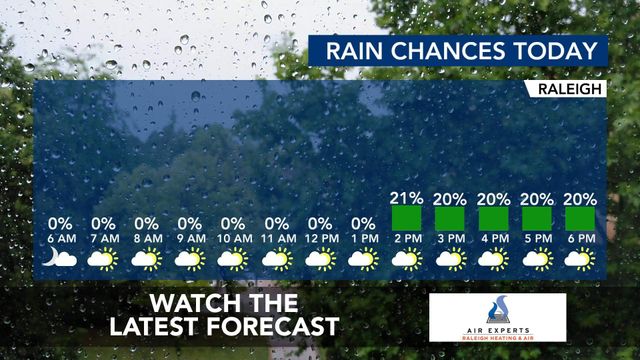More than 2 dozen hog lagoons damaged or overflowed, dozens more on edge

More than two dozen hog lagoons in eastern North Carolina have been damaged or overtopped by floodwaters, and 30 more are on the cusp of overflowing, according to the latest figures from the Department of Environmental Quality.
Four lagoons sustained structural damage from Hurricane Florence's rains, according to the state. Of those, only two breached, according to DEQ spokeswoman Megan Thorpe.
"Think about it like cracking an egg," Thorpe said. "It may still hold all the stuff in."
The more common issue has been overtopping, which means rainwater filled up the lagoon, causing a discharge. The state knows about 13 of those. Another nine lagoons were inundated by the floodwaters around them.
Thirty lagoons are full, with 0 inches left of "freeboard," according to DEQ figures last updated at noon Tuesday. Another 25 are within 3 inches of filling.
Farms are required to keep a minimum buffer of 19 inches ahead of significant rain events, according to the North Carolina Pork Council.
Hog farmers drained their lagoons ahead of the storm, and the pork industry expressed confidence as the rains fell that, although there would be some discharges, they would be minor compared with the 3,000-plus lagoons in the state that are used to store hog feces before the mixture is sprayed on nearby fields.
The Pork Council said Tuesday night that it had done industry-wide surveying and did not believe there had been "widespread impacts" to the state's farms and lagoons. It also said solids are stored at the bottom of lagoons "and the liquids at the top are heavily diluted, minimizing the environmental impact."
The group also noted that more than 300 hog lagoons in floodplains were closed after Hurricane Floyd in 1999.
In the poultry industry, Sanderson Farms said Tuesday that 1.7 million chickens have been killed in the flooding, which swamped at least 60 farm buildings where the animals were being raised.
DEQ's count on hog lagoons is based on reports from farmers, not state inspections, Thorpe said. The plan is to update it early every afternoon online. Inspectors hope to visit lagoons as the waters recede this week.
"There's a lot we don't know," Thorpe said Tuesday evening.
Environmental groups have been sending flights up out of New Bern since Monday to look for hog lagoon overruns and other environmental issues. WRAL News had a reporter on one of those flights Tuesday. State Sen. Brent Jackson, R-Sampson, flew over Sampson and Duplin counties Tuesday and said he saw a lot of lagoons surrounded by water, but only one breached.
Jackson said he saw more water on the ground than after Hurricane Matthew and homes flooded to their roofs.
"From what I've seen today our livestock industry is the least of our problems," he said.
Jackson said small municipal water treatment plans ""seemed to be holding their own as well as the livestock lagoons."









